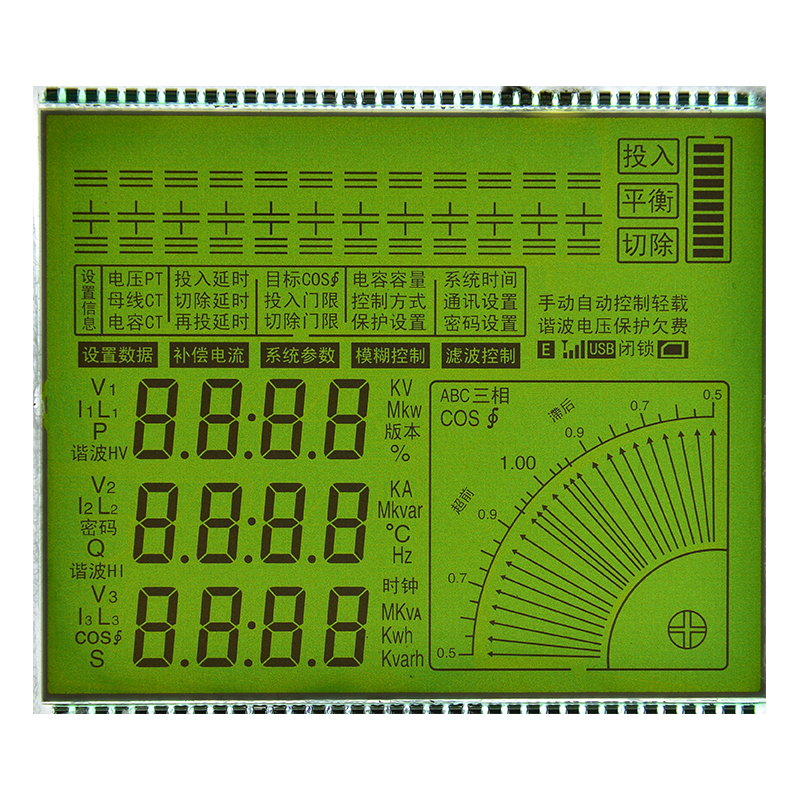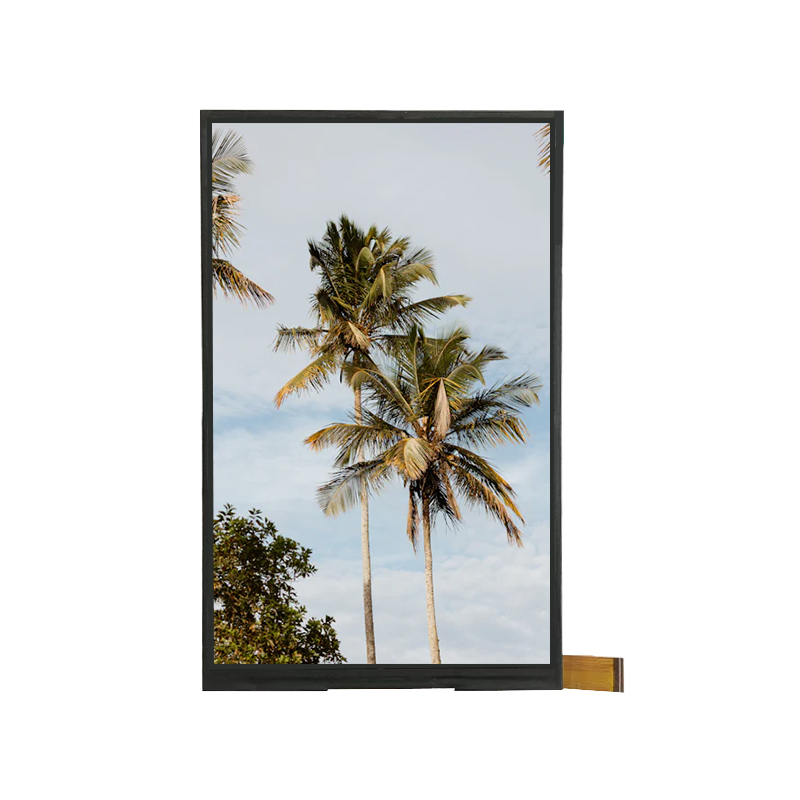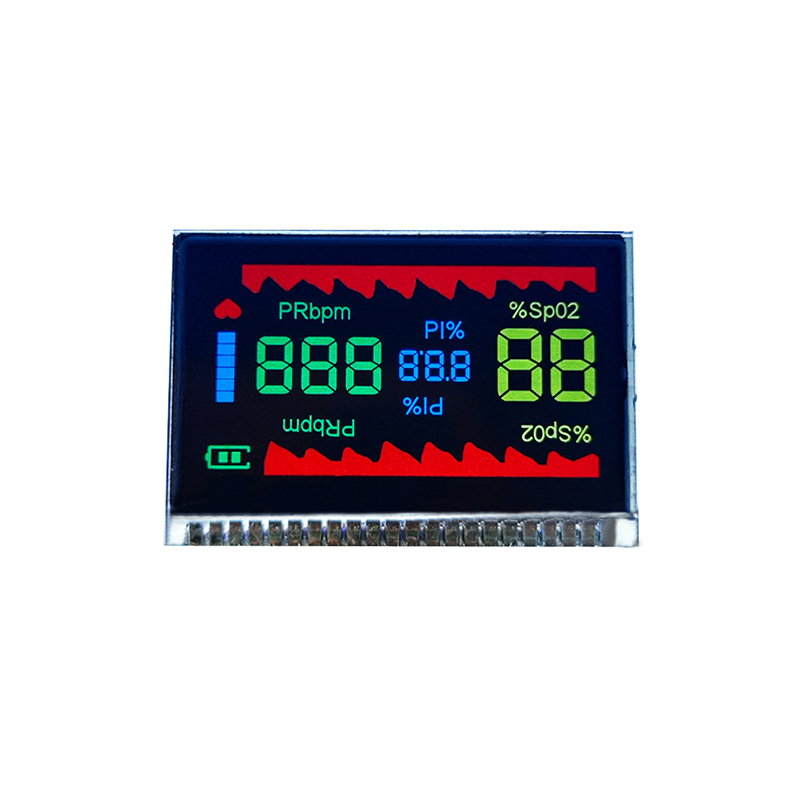
This guide provides a detailed overview of 4 inch TFT displays, helping you understand their specifications, applications, and selection criteria. We'll cover everything from resolution and brightness to viewing angles and touch capabilities, empowering you to make an informed decision for your specific needs. Learn about the different types of 4 inch TFT displays available and discover which one best suits your project.
Resolution, expressed as pixels (e.g., 480x320), determines the image sharpness. Higher resolution means more detail, resulting in a clearer picture. Pixel density (pixels per inch or PPI) affects the crispness of text and images. A higher PPI leads to a sharper display. When choosing a 4 inch TFT display, consider the application. A higher resolution is generally preferable for applications requiring detailed visuals, such as image viewing or video playback.
Brightness (measured in cd/m2) impacts readability in different lighting conditions. Higher brightness is essential for outdoor use or bright environments. The contrast ratio determines the difference between the darkest and brightest parts of the image. A higher contrast ratio provides richer blacks and more vibrant colors. For applications requiring visibility in direct sunlight, a higher brightness rating is crucial for a 4 inch TFT display.
The viewing angle specifies the range at which the display maintains good image quality. A wider viewing angle ensures consistent image quality even when viewed from an angle. Narrower viewing angles can result in color distortion and reduced visibility from off-center perspectives. The optimal viewing angle for your 4 inch TFT display will depend on the intended use.
Many 4 inch TFT displays offer touchscreen functionality, enhancing user interaction. Different touchscreen technologies exist, such as resistive, capacitive, and projected capacitive, each with its own advantages and disadvantages. Consider the application's needs when choosing a touchscreen type. Resistive touchscreens are more durable but less responsive than capacitive touchscreens, which offer better sensitivity and accuracy.
The interface (e.g., SPI, parallel) determines how the display connects to the controller. Understanding the interface requirements of your target system is essential for selecting the appropriate 4 inch TFT display. Compatibility with various interfaces allows for greater flexibility in system design.
The ideal 4 inch TFT display depends greatly on the specific application. Consider the following factors:
Several reputable manufacturers offer high-quality 4 inch TFT displays. Researching different brands and comparing their specifications is crucial for informed decision-making. For high-quality displays and excellent customer service, consider exploring options from reputable suppliers such as Dalian Eastern Display Co., Ltd.. They offer a wide range of display solutions tailored to various applications.
| Feature | Display A | Display B |
|---|---|---|
| Resolution | 480x320 | 800x480 |
| Brightness (cd/m2) | 300 | 450 |
| Viewing Angle | 80° | 120° |
Note: The data in the table above is for illustrative purposes only and does not represent specific product offerings. Always consult the manufacturer's specifications for accurate information.












